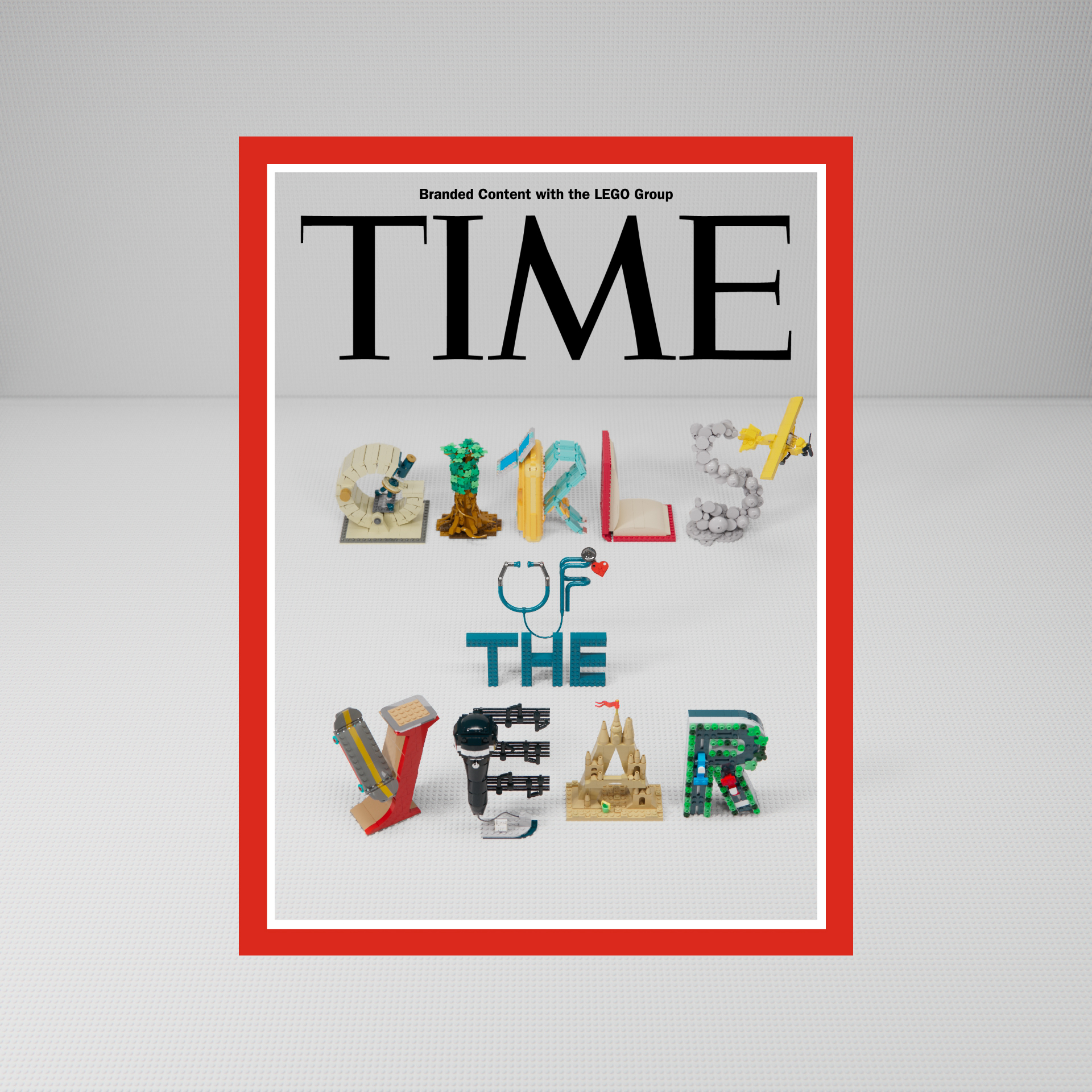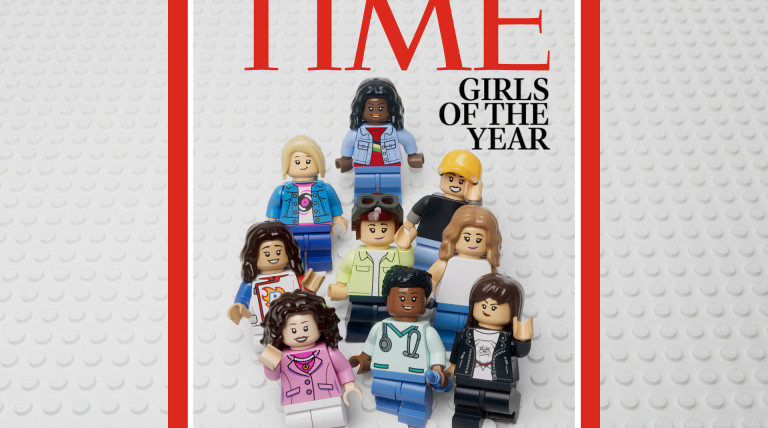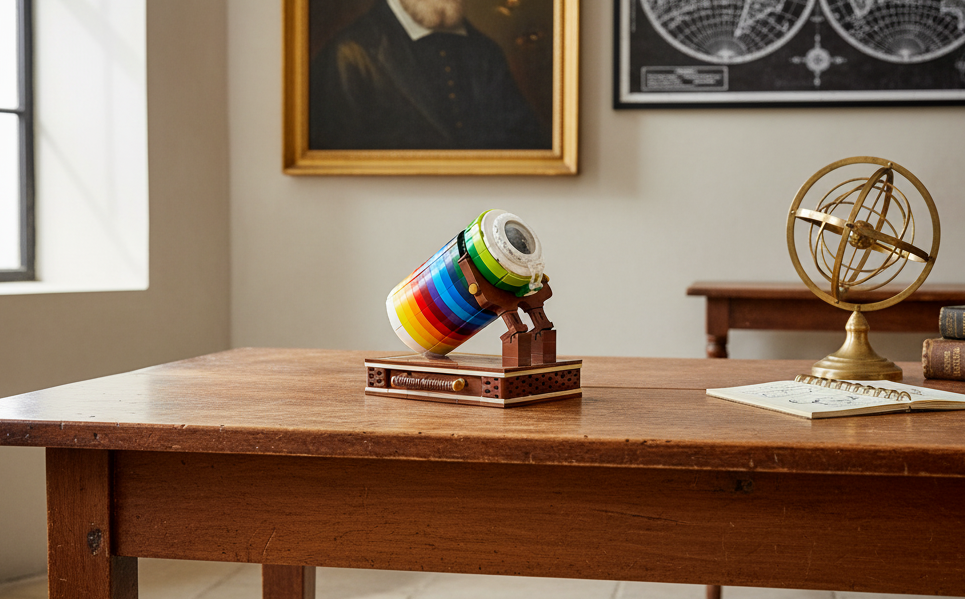When possibility becomes visible, imagination turns into real-world change

Leadership does not wait for adulthood. That is the unshakable truth behind TIME’s first Girls of the Year list, created in partnership with the LEGO® Group.
Ten extraordinary girls, ages 12 to 17, are shaping communities across the world. They are scientists, athletes, engineers, and advocates. They do not wait to inherit the future. They build it. To see what girls can do, the world must first allow them to be seen. To see what girls can do, the world must stop calling them exceptions.
From Minifigures to Major Impact
TIME and the LEGO® Group unveiled the honorees with a symbolic gesture. Each girl was reimagined as a LEGO® minifigure on a special edition TIME cover. It was more than a design choice. It was a message: girls are builders. Builders of models, builders of communities, builders of change.
Breaking Old Frames of Thought
Research from LEGO® shows a stark barrier. Seventy percent of girls struggle to see themselves as “good at building.” Parents echo this perception. Seventy-two percent say their daughters lack visible female role models who build the world. Even history gets misassigned. In surveys, children were twice as likely to credit men with major inventions like Wi-Fi or lunar software. Yet many of these breakthroughs came from women. The bias is baked in, and the cost is high.
Ten Names That Shift the Story

The 2025 Girls of the Year list includes Rutendo Shadaya, a teen author advocate in New Zealand.
Coco Yoshizawa, Olympic gold medalist from Japan.
Valerie Chiu, a science educator in China.
Zoé Clauzure, anti-bullying advocate in France.
Clara Proksch, a child-safety scientist in Germany.
Ivanna Richards, a racing driver smashing stereotypes in Mexico.
Kornelia Wieczorek, biotech innovator in Poland.
Defne Özcan, pioneering pilot in Turkey.
Rebecca Young, a 12-year-old engineer tackling homelessness in the UK.
And Naomi S. DeBerry, U.S. organ donation advocate and children’s author.
Their fields differ, but their message aligns: girls do not need permission to lead.
The Power of Seeing and Believing
Julia Goldin, LEGO®’s Chief Product & Marketing Officer, states it clearly: “When girls can’t see, they can’t believe.” Role models turn the abstract into the attainable. TIME’s Senior Editor Dayana Sarkisova added: “Change does not wait for adulthood, it starts with refusing permanence.” Leadership here is not about age. It is about urgency. Girls see problems, and they act. They are not preparing to lead someday. They are leading now.
Imagination Into Action
The collaboration ties into LEGO®’s She Built That campaign. The mission: challenge stereotypes, build confidence, and celebrate girls as active architects of tomorrow. If leadership is a construction project, then imagination is the blueprint and courage is the mortar. Change is not built by waiting. It is built by making. Built by girls who refuse invisibility. Built by voices that grow louder because silence is no longer an option.
Your Turn
Which young leaders in your community deserve to be seen? How can we better support girls as builders of change? Share your thoughts, experiences, or stories of remarkable girls you know. Change multiplies when recognition spreads. The question is simple: if girls are building the future, what role will you play in supporting them?






